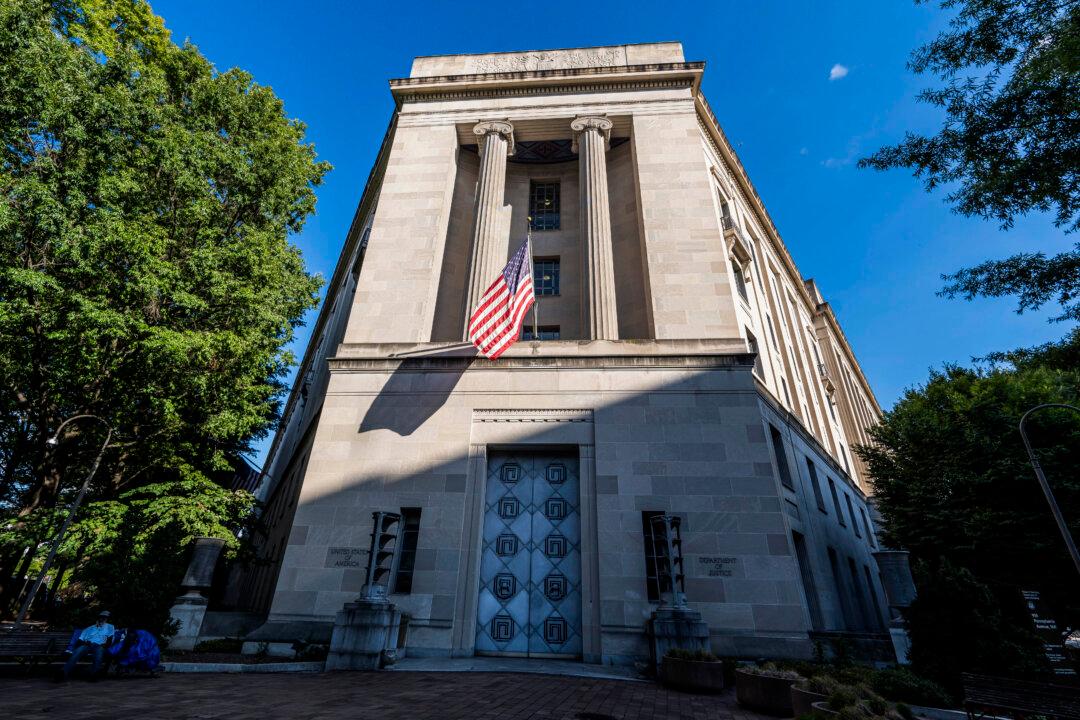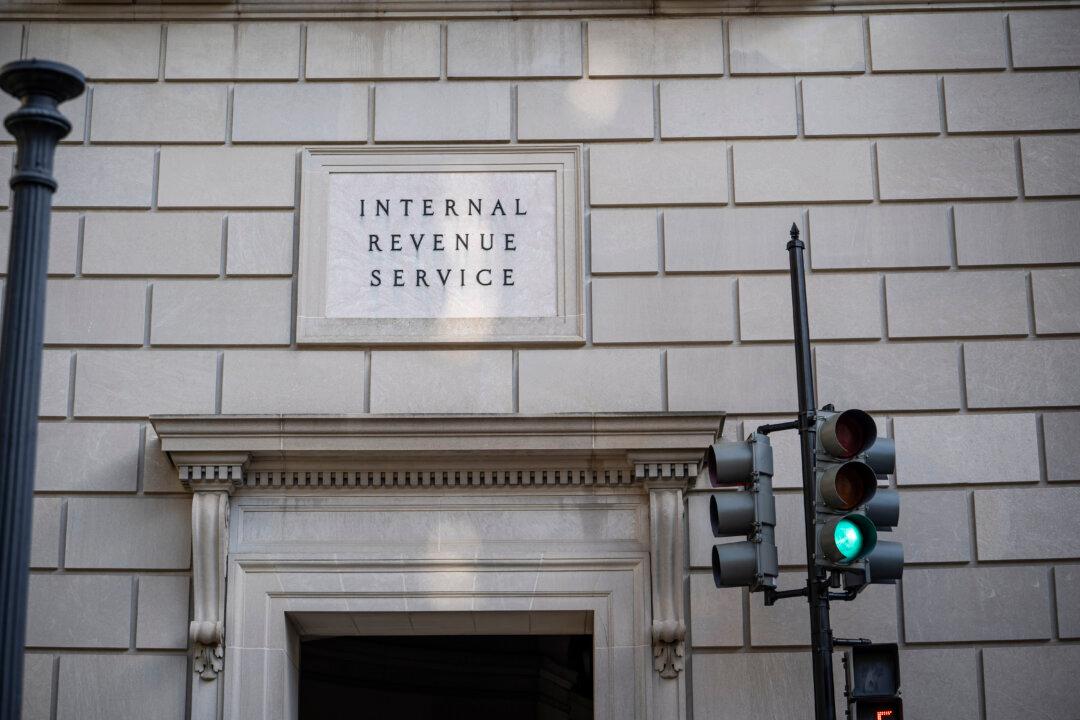The lighting-fast collapse of Silicon Valley Bank—the second-biggest bank failure in U.S. history—is fueling questions among everyday savers and retail investors about possible impacts on their finances, even if they didn’t have any deposits at the failed bank.
Last week’s meltdown of Silicon Valley Bank (SVB) and days later the collapse of Signature Bank (the third-biggest bank failure in America’s history) were met with an emergency response by U.S. financial authorities.
The Federal Reserve rolled out an emergency funding facility for banks and other deposit-taking financial institutions, while the Treasury Department backstopped the mechanism with $25 billion.
The nation’s deposit insurance system, the Federal Deposit Insurance Corporation (FDIC), rushed in to assume control of SVB and Signature Bank and put them into a special resolution regime to minimize losses to creditors and depositors.
Then, under an extraordinary “systemic risk exemption” granted to SVB and Signature Bank, the FDIC expanded its regular deposit insurance limit of $250,000 to cover all depositors fully at both institutions, meaning that the depositors would get all their money back, not just the insured portion below the coverage cap.
President Joe Biden said on Monday that the emergency measures mean the U.S. banking system is “safe” and Americans can “have confidence” that their deposits are secure.
What Does It Means for Savers?
Normally, when an FDIC-insured bank or financial institution fails, the agency moves quickly to compensate savers by reimbursing their insured deposits, up to the coverage limit of $250,000 per depositor for each account category.Generally, this means that anything over $250,000 per depositor per account type—the uninsured portion—is subject to losses. In practice, though, the FDIC is often able to recover some of the uninsured portions by selling the residual assets of the failed bank and giving more money back to depositors.
But in the case of SVB and Signature Bank, the FDIC is acting under a special “systemic risk exemption” to waive the normal $250,000 coverage cap and give depositors full access to all their money, even what normally would be the uninsured portion.
This means that depositors of SVB and Signature will be made whole, although shareholders will get wiped out and creditors stand to lose all their money.
Depositors of other banks and financial institutions, however, continue to be subject to the FDIC’s usual coverage limit, and so should be mindful that uninsured portions of their deposits above the $250,000 cap could be erased if those institutions fail.
The FDIC said that whatever losses it incurs by covering the uninsured portions of SVB and Signature Bank deposits will be made up by special assessments, or insurance premiums, that are levied on banks.
William Luther, director of the Sound Money Project at the American Institute of Economic Research (AIER), told The Epoch Times in an emailed statement that banks tend to pass along higher fees to consumers.
Is My Bank Safe?
While bank stocks have taken a beating due to the twin failures, experts say that the spillover implications for other banks are likely to be limited.“This is a classic asset-liability mismatch, triggered by higher rates, and compounded by leverage,” Jurrien Timmer, director of global macro at Fidelity, said in a statement.
As the Federal Reserve has raised rates to quell soaring inflation, bond values have decreased and banks like SVB have taken losses on their bond assets.
“The good news is that this seems to be an isolated incident, or at least a problem that may be limited to some smaller banks,” Timmer added. “In my view, this does not appear to be a situation that could become systemic, like the subprime mortgage collapse did in 2007.”
And while FDIC chair Martin Gruenberg said recently that U.S. banks are sitting on unrealized losses on their bond holdings of around $620 billion, he added that banks in the country are “generally in a strong financial condition and have not been forced to realize losses by selling depreciated securities.”
SVB’s failure was sparked when it took $1.8 billion in losses after liquidating much of its Treasury portfolio, which dropped in value due to the Fed’s interest-rate hikes.
While a few regional banks have seen their shares drop in the wake of the SVB and Signature failures and credit ratings agency Moody’s Investor Service has put six banks on review for a downgrade, there’s no indication of imminent collapses.
Still, Moody’s on Monday cut its view on the entire U.S. banking sector, from stable to negative, citing “rapid deterioration in the operating environment.”
What Does It Mean for 401(k)s?
The failures of SVB and Signature Bank have sparked a stock rout, with major U.S. banks losing around $90 billion in market value on Monday.But stocks rebounded on Tuesday as investors grew optimistic that any spillover from the closure of SVB and Signature had been contained.
Shares of First Republic popped nearly 50 percent in morning trading Tuesday, while Western Alliance was up 43 percent.
Likewise, the SPDR S&P Regional Banking ETF was up over 6 percent Tuesday morning, after ending the prior day’s session down 12 percent.
“Considering how much they’ve gotten destroyed, they’re due for a bounce back,” Peter Boockvar, chief investment officer at Bleakley Financial Group, told CNBC. “The challenge for banks, in my opinion, is more of what the profit outlook is rather than viability.”
Still, it could be a sigh-of-relief rally that could fade or turn on fresh news of stress emerging in the banking sector.
So, what should investors with exposure to bank stocks do in the short term?
“The best strategy at the moment is probably to do nothing,” Mike Bailey, director of research at FBB Capital Partners, told Bloomberg. “If retail investors are saving money for long-term goals, then this SVB news is just a minor hiccup.”Still, Americans whose retirement accounts have exposure to bank stocks could see some unwelcome down moves.
Matt Reed, manager of the Fidelity Select Financial Services Portfolio (FIDSX), said he thinks the impact of the SVB and Signature failures on the financial sector will be limited.
“SVB was a unique bank that grew rapidly in a very specific niche industry, while the broader banking system is regularly stress-tested, has added meaningful liquidity and capital over the past decade, and has worked to manage balance sheets conservatively,” Reed said.
“While markets are likely to worry, it doesn’t look like there is meaningful spillover into the broader banking system and the economy.”





